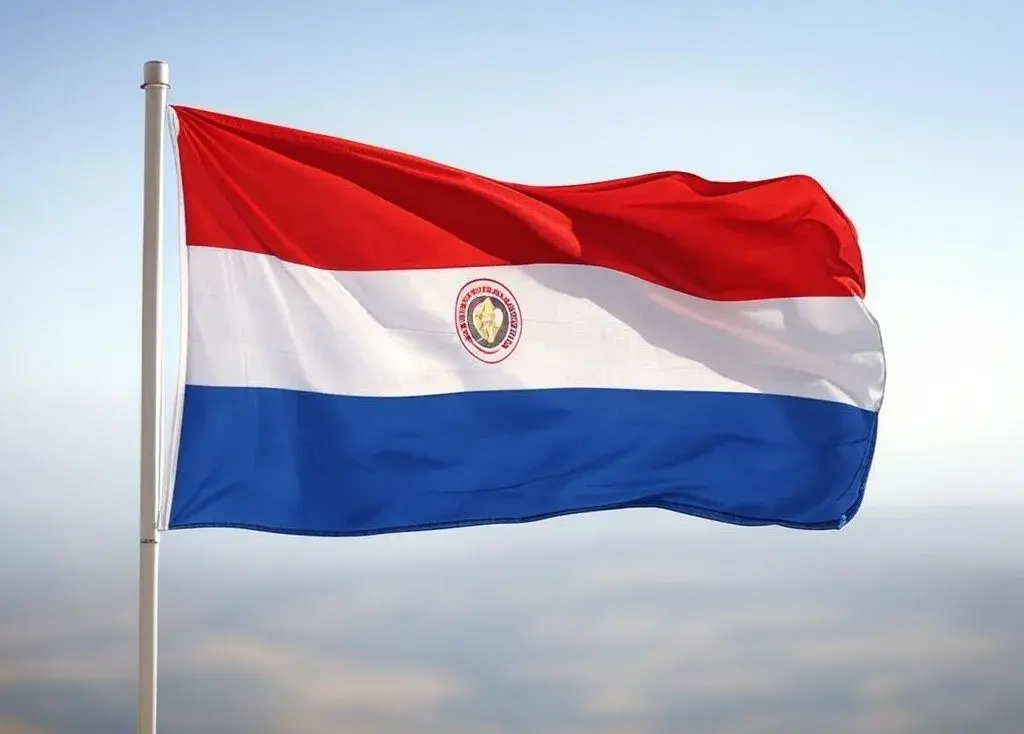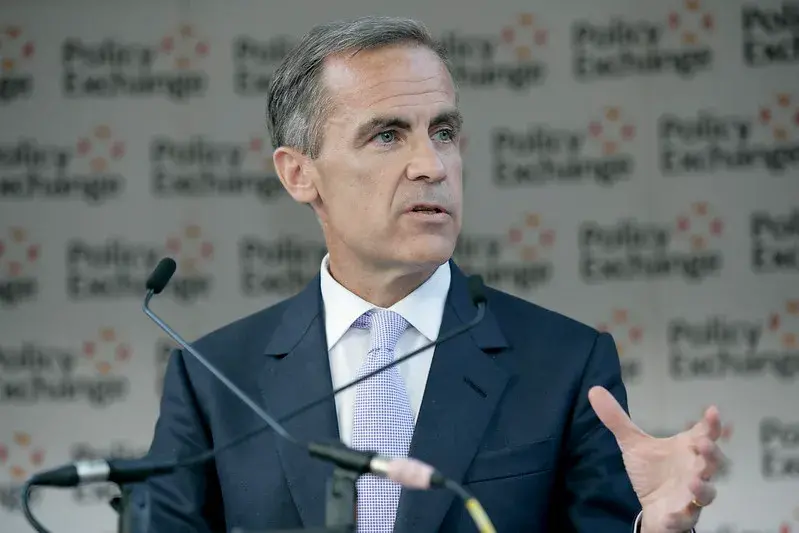The government admits cuts will persist and prepares population for a harsh summer.

Cuba experienced an average of 18 hours of power outages per day throughout May, according to Alfredo López, general director of the state-run Unión Eléctrica (UNE). Joining the discussion were dictator Miguel Díaz-Canel and Energy and Mines Minister Vicente de la O Levy, who addressed the country’s critical energy situation.
“There are 18 hours of average blackouts across all circuits that can be shut down in Cuba,” López explained, adding that 66% of the blackouts so far this year are due to “fuel shortages.”
The official said measures are being taken to ensure “fewer blackouts” in July, a month when electricity consumption traditionally increases due to high temperatures. “We are working to make things much better than they are right now,” López said, noting that the short- and medium-term goal is to make the outages “manageable.” However, he warned, “We wish there were no blackouts, but that won’t be possible.”
Díaz-Canel also emphasized that rising consumption is an aggravating factor. “The levels are skyrocketing,” the leader criticized, noting that Cuba has imported less fuel from its usual suppliers — Venezuela, Mexico, and Russia — further complicating the operation of the national electric system, which relies on thermoelectric plants over four decades old.
“We are living through critical situations,” Díaz-Canel said, referring to an “economy burdened, diminished, almost paralyzed” by the energy crisis, although he did not directly address the recent small-scale peaceful protests sparked by the blackouts. The power cuts, he said, remain “a priority” for the regime, as they are seen as “the greatest obstacle to the population’s well-being.”
In line with this diagnosis, Minister Vicente de la O Levy expressed the regime’s concern. “The population is suffering through everything, and we are aware of the long, long hours of blackouts our people are enduring,” he said. “We cannot say or promise that we will reach zero blackouts.”
Long-term measures
Regarding long-term solutions, de la O Levy reiterated that the Cuban government’s strategy centers on improving and expanding thermoelectric plants, installing photovoltaic parks, and using gas. This program envisions an installed capacity of around 2,000 megawatts (MW).
“This is part of a government program, part of a much larger energy transition,” de la O Levy stressed, acknowledging that Cuba’s thermoelectric plants are obsolete due to years of use and lack of investment. “This is not a program for the summer,” he insisted, explaining that the plants “have deep damage from years of exploitation,” increasing uncertainty about their performance.
The solar energy push
The Cuban regime has also expanded the installation of solar panels as a stopgap measure, but Díaz-Canel insisted that, despite criticism, the strategy is the right one. “To those who think the investment in photovoltaic panels was not appropriate… we say it was, and we will continue it,” the dictator affirmed.
“This explanation we’re giving is not to be complacent or to evade responsibility. We are simply explaining the reality and why the impact of the strategy isn’t visible yet. But we are convinced that we will overcome this moment through the work we’re doing,” Díaz-Canel said.
So far, Cuba has installed 12 of the 92 planned solar parks for 2031, generating over 1,400 megawatt-hours (MWh), which represents only about 2% of the island’s total daily consumption, estimated at more than 60,000 MWh.
Social and political impact
Cuba’s energy crisis has had repercussions beyond the economy. In recent years, blackouts have fueled several anti-government protests, including those in Havana and Nuevitas in 2021 and 2022, and in several towns in Santiago de Cuba in March 2024.
The outages, which in some regions reach up to 20 hours a day, remain a growing source of social discontent. In the past seven months, there have been four nationwide blackouts, from which the island took days to recover.
Díaz-Canel’s regime has partly blamed the crisis on US sanctions, which have hampered Cuba’s ability to import the fuel needed to keep its oil-dependent electric system running.
Independent experts, however, say the main causes are the chronic underfunding and lack of maintenance in the sector. According to external estimates, Cuba would need between $8 billion and $10 billion to modernize and restore its national electric system. Meanwhile, as the country waits for the necessary investments, the blackouts continue to affect both the population and the economy, increasing social and political pressure on the Cuban regime.
Keep Independent Journalism Alive
In a world flooded with noise, independent journalism is more vital than ever. We work hard to bring you clear, accurate, and unbiased international news — free from corporate or political influence.If you believe in the power of honest reporting, please consider making a donation. Every contribution, big or small, helps us stay independent and keep the world informed.
Support us via PayPalYour support makes a difference.


